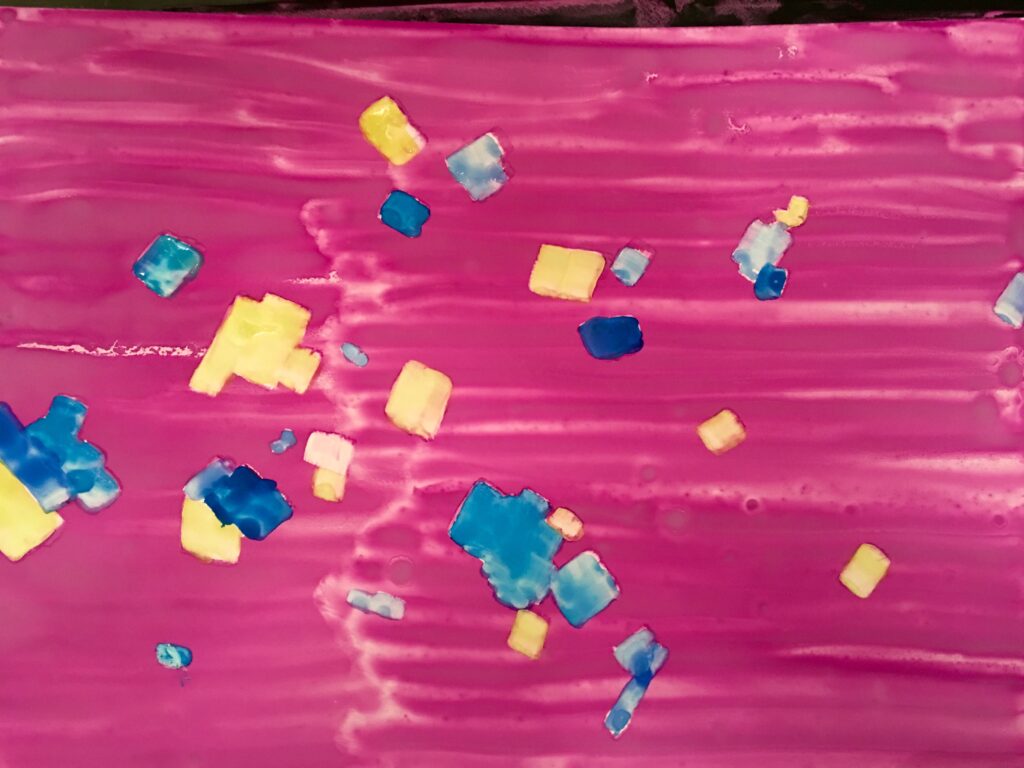The Link Between Cholesterol Crystals and Diabetic Retinopathy
A collaborative research effort led by multiple departments at Michigan State University (MSU), along with contributions from the University of Alabama at Birmingham, Case Western Reserve University, and Western University of Health Sciences, has uncovered promising advancements in the diagnosis and treatment of diabetic retinopathy. Published in Diabetologia, the official journal of the European Association for the Study of Diabetes, these findings are poised to revolutionize the management of this common eye-related complication.
Read Guide about Wegovy Dosage Guide: The Best Way For Weight Loss
The research illuminates a significant connection between diabetic retinopathy, age-related health issues, metabolic disorders, and the accumulation of cholesterol in the retina. This cholesterol tends to crystallize, contributing to the development of diabetic retinopathy.
These crystallized deposits possess a remarkable reflectivity that can be captured in retinal images. This discovery holds particular importance because non-invasive retina assessments are well within the capabilities of most optometrists. This opens up a window of opportunity for earlier diagnosis, potentially benefitting a larger number of individuals.
Tip: Please fill out this form to determine whether or not you or a friend are eligible for a CGM.
The Urgent Need for Early Diagnosis
Diabetic retinopathy stands as the primary cause of preventable blindness and is one of the most dreaded complications associated with both Type 1 and Type 2 diabetes. Alarmingly, within two decades of diabetes onset, individuals with either form of the condition are likely to experience some degree of retinopathy. Present treatments are highly invasive and are typically administered during the advanced stages of retinopathy. Watch out for our Latest CGM Wearable Technology
Julia Busik, MSU professor emeritus of physiology, emphasized the urgency: “We are actively pursuing what can be done to lower cholesterol in the retina. The retina, like the brain, is a highly compartmentalized organ due to the presence of a blood barrier preventing blood from passing freely to and from the retina. For this reason, the retina is both complex and difficult to study.
Must Read: Dahlia Extract: A Promising Anti-Diabetic Treatment
A Groundbreaking Parallel
George Abela, chief of the MSU Division of Cardiology, drew parallels between the cholesterol crystals identified in this research and those found in atherosclerotic plaque, which can form in arteries and trigger heart attacks—a discovery from his lab at MSU. He played a pivotal role in enabling the research team to develop methods for retinal scans using modified tissue preparation for scanning electron microscopy. This breakthrough aids in the analysis of crystal composition, typically arising from cholesterol accumulation.
Promising Less Invasive Treatments
The research raises hope for less invasive treatments targeting cholesterol crystals in diabetic retinopathy. Moreover, it prompts exploration into whether similar crystal-related treatments could be applied to other areas of the body, potentially preventing additional diseases.
In sum, this collaborative research effort stands as a beacon of hope in the quest for early diagnosis and less invasive treatment options for diabetic retinopathy, offering potential relief to countless individuals affected by this debilitating condition.


